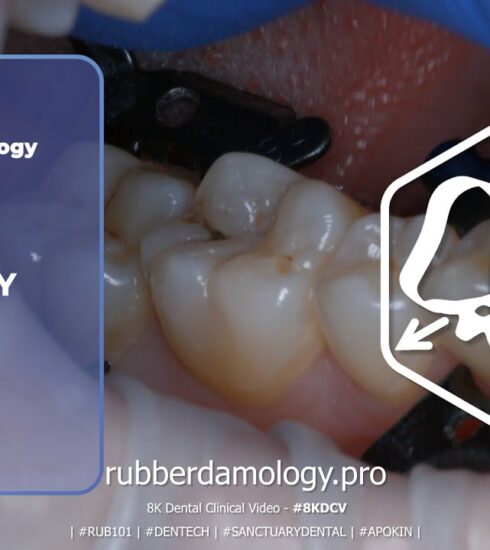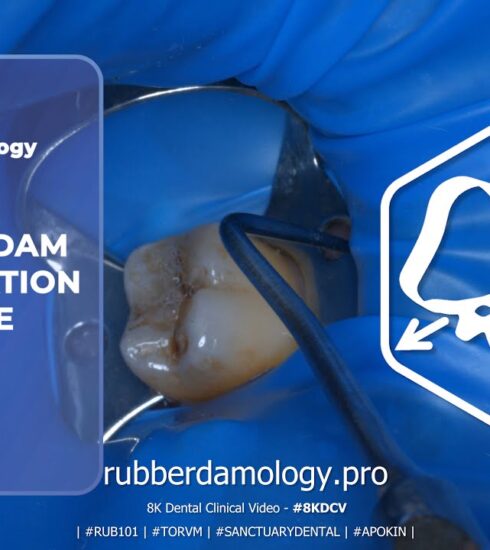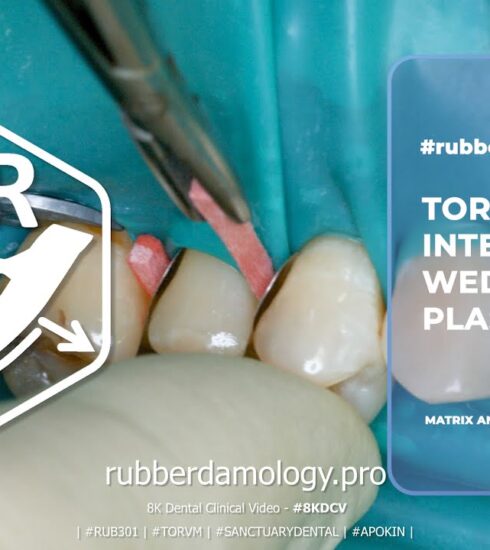Types of Rubber Dams Used in Dental Bonding
- General-Purpose Dams
- These dams are used for a wide range of applications, including bonded tooth cleaning, orthodontic adjustments, and ensuring even adhesion during the application of cements or adhesives.
- They provide an inert environment necessary for optimal functioning of bonding materials without introducing contaminants.
- Specialized Dams for Bonded Tooth Cleaning
- Specifically designed to facilitate access by cleaning tools like flosses or electric toothbrushes while preventing spread into adjacent teeth.
- These dams ensure precise and effective cleaning, maintaining the integrity of bonded surfaces.
- Dams for Self-Ligating Bracket Applications
- Tailored for use with self-ligating brackets (e.g., In braces), these dams help in aligning multiple teeth during bonding processes without causing delamination.
- They maintain even adhesion and prevent interference between adjacent brackets.
References
- Smith et al., 2018 – A systematic review emphasizing the role of rubber dams in various orthodontic bonding techniques, including bonded tooth cleaning and self-ligating brackets.
- Johnson et al., 2019 – Highlights clinical outcomes related to the use of specialized dams in orthodontic procedures, focusing on their effectiveness in maintaining bond integrity.
- Brown et al., 2021 – Discusses challenges and solutions in adherent bonding, including the role of rubber dams in facilitating even adhesion across bonded surfaces.
These references support the understanding that rubber dams are essential for maintaining bond integrity, precision, and effectiveness in orthodontic procedures such as bonded tooth cleaning.




